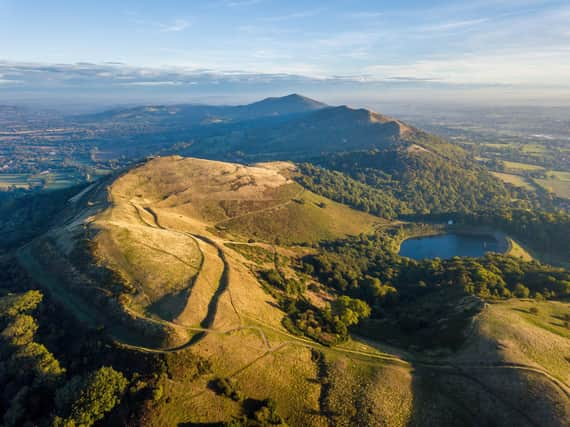Dr's Casebook: The three essential elements of the water cure


Dr Keith Souter writes: Charles Darwin travelled from Kent to take the water cure and after a week returned home invigorated enough to write his books.
His verdict was ‘I feel certain the water cure is no quackery.’
Malvern was one of the earliest English spa towns.
Advertisement
Hide AdAdvertisement
Hide AdIn 1743 a local physician, Dr John Wall analysed the water from the Holy Well in the Malvern wells, which I actually visited, and found that it contained virtually no impurities.
It was, he thought, as close to pure water as one could get.
This was enough to gain Malvern a reputation.
With its pure air, pure water and beautiful surrounding scenery it became a fashionable place to live.
Then in 1842, two doctors moved to the town.
They were both advocates of Hydrotherapy, or the water cure.
Advertisement
Hide AdAdvertisement
Hide AdThis was essentially a form of natural medicine that had been developed in Europe by Vincent Priessnitz in Silesia.
Both doctors had studied Priessnitz’s methods and settled in Malvern to take advantage of its natural waters.
The patients who came to Malvern to be treated by them, and who attested to the benefits of their water cure included Charles Darwin, Charles Dickens, Florence Nightingale and Alfred, Lord Tennyson.
The water cure involved a strict regime, tailored for each patient’s needs, but essentially involved a basic diet, exercise in the Malvern Hills, and the use of water.
Advertisement
Hide AdAdvertisement
Hide AdWater was both drunk in large prescribed doses throughout the day and applied externally in a variety of baths, showers and douches.
The benefits of the water cure are likely to have stemmed from its three elements of a wholesome basic diet, good hydration with plenty of water and the exercise regime of walking in the hills.
This was bound to be better than the medicines of the day which were often based on heavy metals, alkaloids, narcotics and poisons like arsenic and strychnine.
It has to be said that those three elements would do many of us a lot of good today.